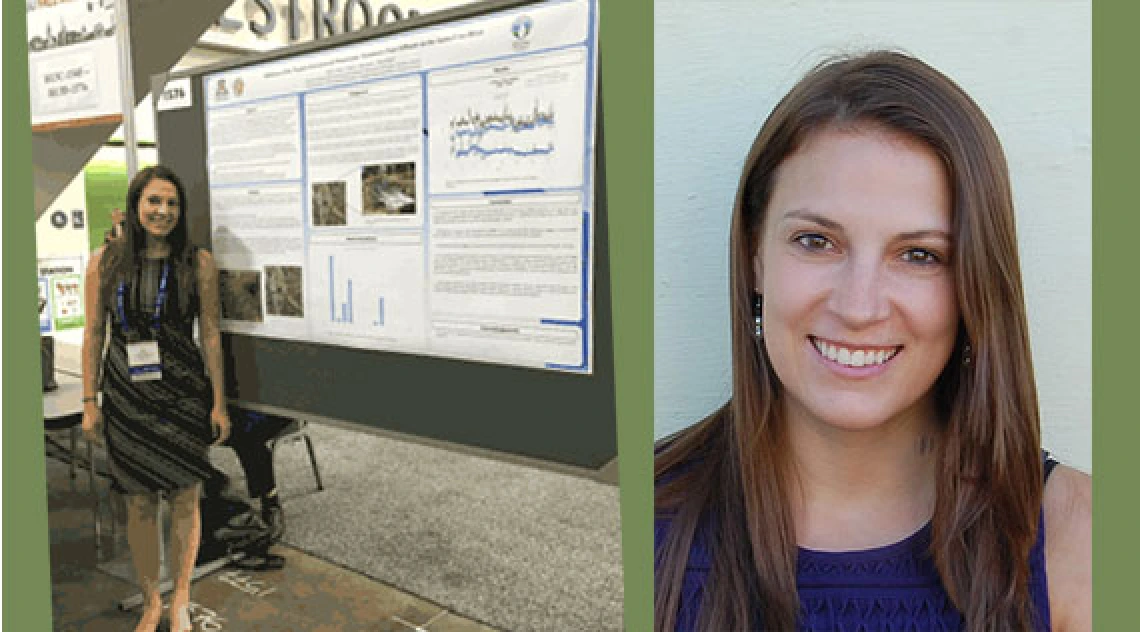Special Edition, Trainee-Written Highlight

UA Superfund Trainee Assesses Differences in Community Engagement at Local Community Advisory Board Meetings
By: Holli Labrie

In an effort to compare the attendance, communication, and overall effectiveness of different community advisory board (CAB) meetings in the Tucson area, Holli LaBrie, a University of Arizona Superfund Research Program (UA SRP) Trainee, attended CAB meetings representing two local Superfund projects this year. The first meeting attended by Holli in October, 2015, was for the Tucson International Airport Area (TIAA) Superfund Site, which has a long history of groundwater contamination from compounds such as trichloroethylene (TCE) and tetrachloroethylene (PCE). At the TIAA CAB meeting, Holli observed a strong presence from a variety of government stakeholders, including the U.S. Environmental Protection
Agency and the Arizona Department of Health Services. Holli said, “It was surprising to see how involved community members were during the meeting.” At one point, Holli observed a community member raise concerns about the risk assessment model presented by ADHS, pointing out that the designated parameters do not adequately apply to the local community impacted by the TIAA site. The ADHS representatives were very receptive to her suggestions, and agreed to improve the model to represent the unique characteristics of the community. Community members were also told that ADHS would be contacting them to conduct interviews to evaluate how the parameters should be adjusted. ADHS promised an updated model by the next meeting.
The second meeting Holli attended was for the Broadway- Pantano Arizona Department of Environmental Quality (ADEQ) Water Quality Assurance Revolving Fund (WQARF) site - an Arizona-state equivalent to a federal Superfund site. Holli attended this second meeting in March of 2016. The Broadway-Pantano site consists of an abandoned landfill and also contributes high levels of TCE and PCE to local groundwater. Unlike the TIAA meeting she attended previously, Holli observed that the Broadway-Pantano advisory meeting was not well attended, with audience members comprised mostly of her classmates and greatly outnumbering the community members on the advisory board. Also, no local community members living near the site attended this particular meeting. Only a limited dialogue took place between a representing consulting firm, Amec Foster-Wheeler, and ADEQ with the CAB members, some of whom were not pleased with the handling of dangerous oxidants used in pilot studies.
In comparing the levels of community engagement she observed at the CAB meetings for these two federally-recognized cleanup sites, Holli said she was “surprised to observe the drastic differences in each meeting,” despite the two meetings having a similar context. Holli believes that many misunderstandings between the community, regulatory agencies, and researchers can be easily avoided by improving research translation efforts: “Effective communication between the community advisory boards, consulting firms, and government agencies can have many benefits to these cleanup projects. Early and consistently-maintained communication is an investment for the future; if adhered to, it can save time, money and stress in the long-run.” Synthesizing her observations from the two meetings, Holli concluded that with many important players involved in Superfund sites, it is vital to communicate important information quickly, yet efficiently as well.

